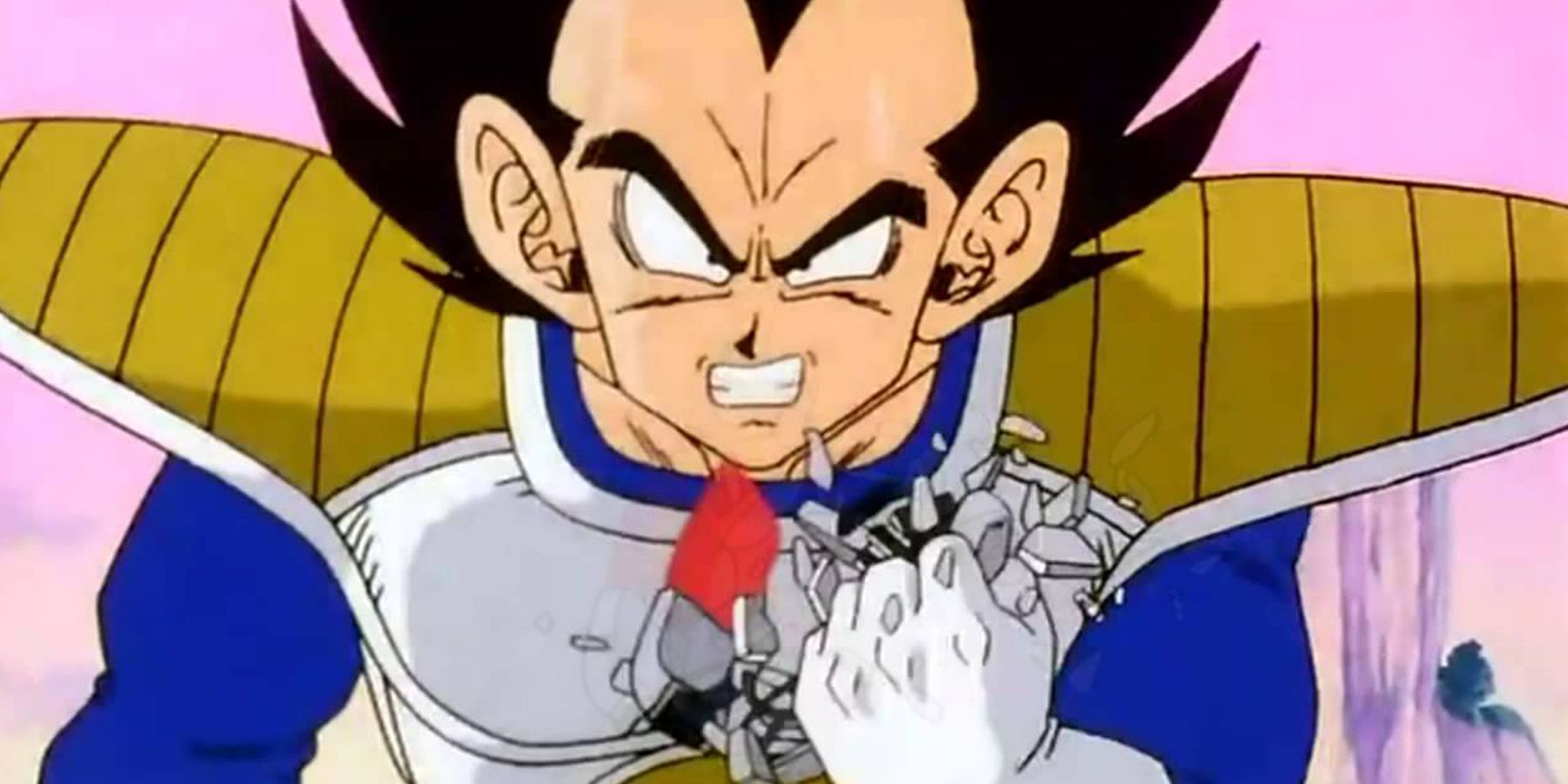Over the last century, the realm of literature has grown and evolved, leading to the rise of new formats and genres, e.g. comics and manga centered around combat. Along with this has come to the inherent popularization of different forms of narrative analysis, i.e. where thematic analysis works well with prose and structural analysis with poetry, battle manga is suited to a hierarchical analysis, or "power-scaling."
While there has been confusion between Dragon Ball's famous "power levels" and the sapling field of hierarchical analysis, power-scaling is simply an interpretation of a narrative centered around the comparison of characters. Power-scaling a story requires one to interpret the narrative with a rational lens, juxtapose that take with the story's metatext, and then apply deductive reasoning in order to determine the power scale of characters like Son Goku and Naruto Uzumaki.
Interpreting the Narrative
When interpreting a story, it is important to maintain a sense of rationalism because "narratives" are inherently founded on reason. A story depends on its reader to grasp its series of events via a limited perspective. When power-scaling, one must reason a story and its characters through the lens of the hierarchy being developed, whether it be a scale of intelligence, as seen amongst Death Note scalers, or a scale of strength.
Power-scaling within battle manga and comics most often is used to refer to creating a scale of strength. This means that characters within a story must be compared on the basis of combat strength, which can be difficult. Translating fictional strength into real-world terms relies on the rational assumption that fiction mirrors reality unless otherwise featured. In other words, a character performing an action or expressing dialogue in fiction should be analogous to those same actions or words in reality, unless otherwise featured.
With that said, the dialogue in a manga, or "statements," form the lowest rung of narrative evidence applicable to power-scaling. As in reality, a character's actions, or "feats," carry more weight than statements, thus forming a higher rung of applicable evidence. Feats and statements create the entire scope of a story character's expression and should be interpreted as mirroring reality, save for the fictional elements distinguished from reality within the narrative.
Defining the Meta
Having consumed a story while keeping in mind each character's expressions via feats and statements, allows one to form an inductive judgment of the narrative's power scale. By comparing the feats and statements surrounding multiple characters, one can extract a likely conclusion based on their interpretations. For example:
Character A is stated to have run a mile in eight minutes and is featured to have run a mile in eight.
Character B is stated to have run a mile in seven minutes and is featured to have run a mile in nine.
It is reasonable to conclude that Character A is faster than Character B.
Expressing one's interpretations and judgments of a story, including narrative scales, inherently adds to the discourse surrounding said story, i.e. metatextuality. Serving as the cornerstone of constructive power-scaling, a story's metatext, or meta, is easily understood as an amalgamation of relevant information surrounding said story, including the author's comments, audience interpretations, and production details.
The meta surrounding a manga is constantly evolving as new interpretations of the story are popularized and new information is discovered. As an example, the meta surrounding Naruto's Kakashi Hatake has evolved as the contents of the unsung Kakashi Hiden and Retsuden novels have been released. Juxtaposing one's judgment of a story to information available within the meta is critical in exposing the strengths and weaknesses of one's power scale.
Deductive Reasoning Explained
After having informed one's initial, inductive judgment by engaging in the meta comes the time to form a consistent power-scale via deduction. The initial judgment and discourse from the meta serve as a premise. This allows one to be able to analyze a hierarchy of authoritative commentary, feats, and statements to arrive at a conclusive scale between characters of a given series.
Like all forms of narrative analysis, scaling is founded on subjectivity and so the best a scaler can do is to adhere to the narrative interpretation supported by the preponderance of the evidence. In the earlier example, it was reasonable to assume that Character A was faster than Character B based on the initial interpretation, yet a proper conclusion can be deduced by looking into the evidence within the meta. For example:
Character A states they can run a mile in eight minutes and is featured to have run a mile in eight.
Character B states they can run a mile in seven minutes and is featured to have run a mile in nine.
Author X states that Character B can normally run a mile in seven minutes.
It would now be reasonable to conclude that Character B is faster than Character A.
With that, it is much easier to give sound answers to hypotheticals like My Hero Academia's "Deku versus Bakugo." The realm of power-scaling extends much deeper, as when attempting to translate a given narrative scale into terms of reality or even into the terms of a different series (eg: Naruto characters vs Bleach characters), it becomes a matter of creating an objective standard to express the metrics of the given characters. This led to the creation of narrative tools like Toriyama's ingenious "power level."
The realm of power-scaling only becomes more complex from this point, yet understanding the fundamentals of hierarchical analysis is the first step to exploring matchups between characters like Saitama and Superman, or Kakashi and Spider-Man. The intrigue of scaling rests in its ability to illuminate new perspectives and highlight the detail within a narrative because good power-scaling makes the story make more sense.




